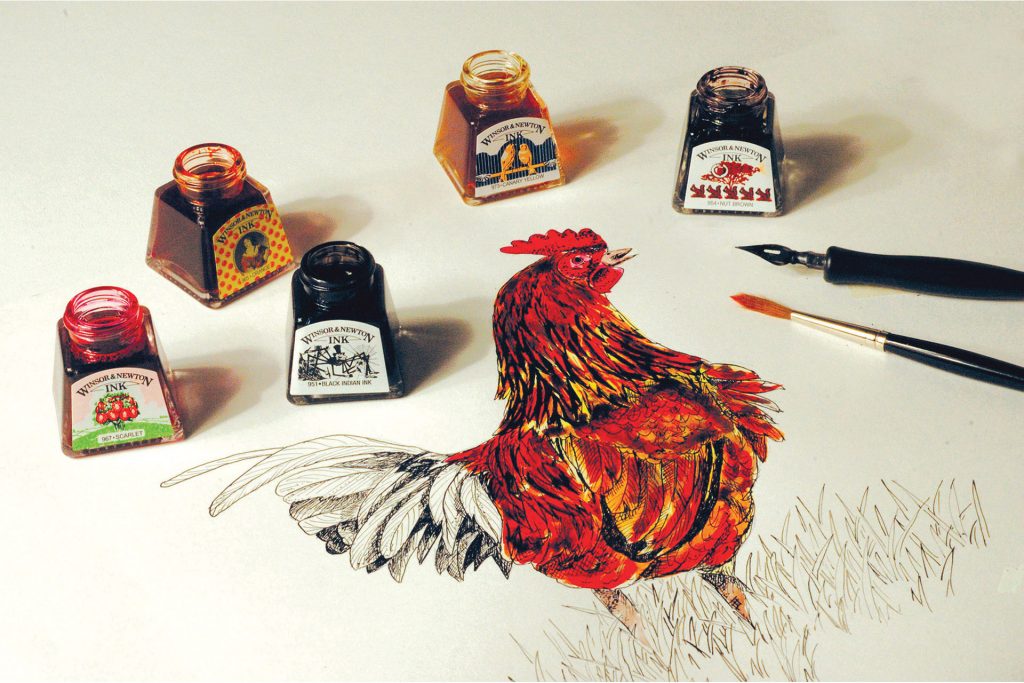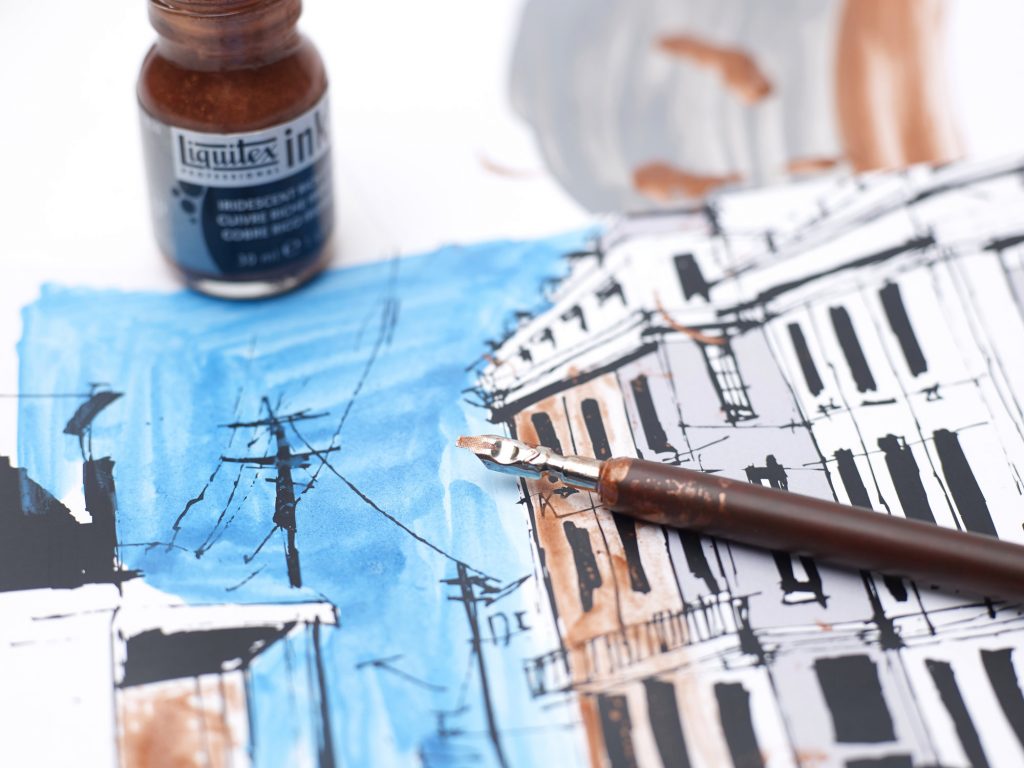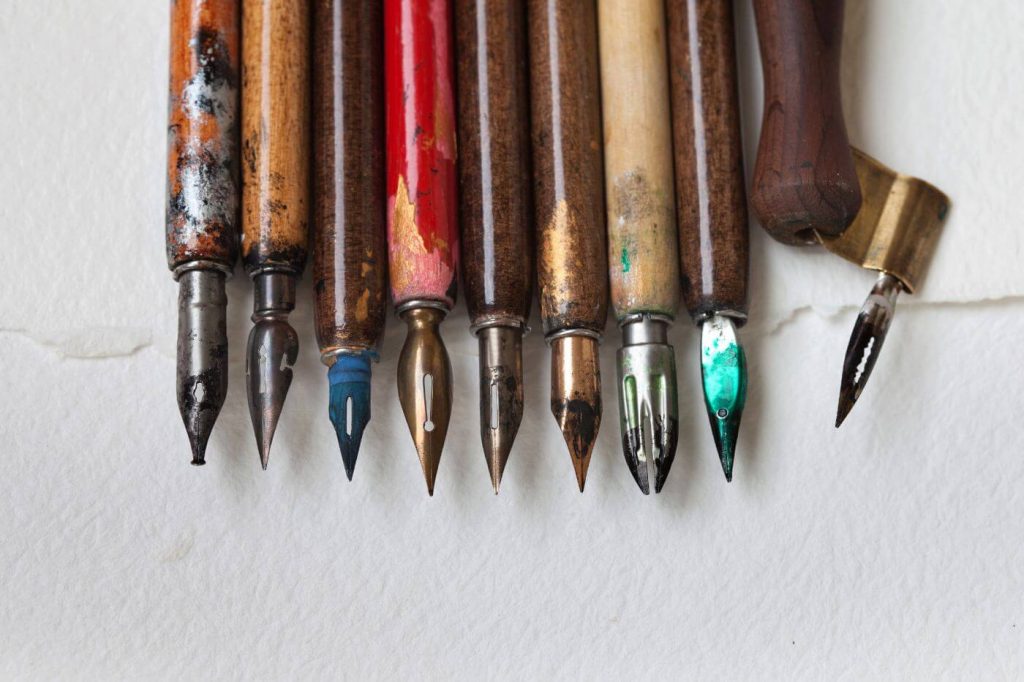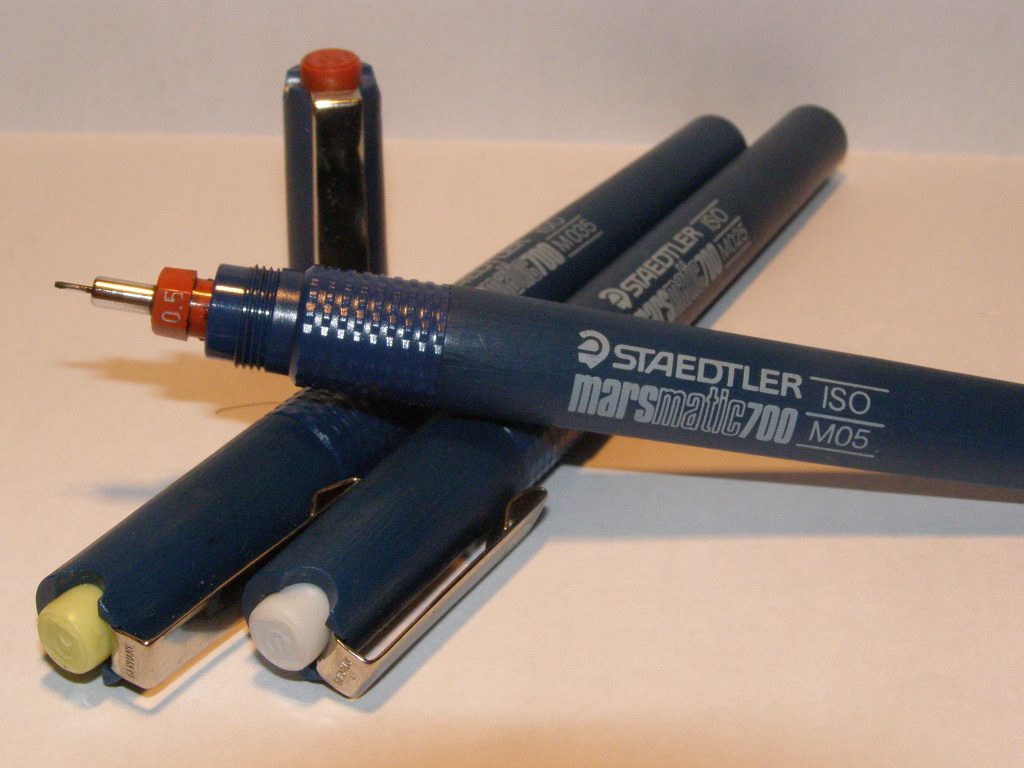A Guide to Drawing Inks: Having the Right Art Supplies is Important
To put it simply, ink is a liquid substance that you can drip from a pipette. Manufacturers dye it with dye-based colouring or pigment. Later, you can use it to draw, paint and print. You may be surprised, but the ink is dating back to 256BC. It originates from China, but ancient Indians also made it from tar, pitch or burnt bones.

Overall, it can derive from two sources: organic and non-organic. The first one comes from animals, and the second one is made from heavy metals, petroleum and soot. The former is more common in fine arts, and the second one is usually used for commercial applications.
Ink and Its Properties
If you do several calculations, you’ll see that ink is more expensive than French champagne and perfumes. While vibrant ink for artists can be a bit pricey, it is still worth the money because of its properties. There are two categories for drawing ink to fall in. It may be pigment-based or dye-based.
The pigment-based ones already have pigment in them. They’re natural and don’t need any additional dying. The dye-based ones are practically solutions, and they need to be infused with pigments. When using pigmented ink, the pigment coats the paper’s surface and sits there. The dye-based loses its intensity and brightness as it absorbs into the paper.
It’s worth noting that working with ink is different from creating fluid art. It requires clean lines and marks. That’s why you should always use pigment-based ink.

There are a few inks subcategories. One is acrylic ink. You can mix this one with acrylic paints and get a hard-fading substance. India ink stands out from everyone because it comes in many colours. It’s waterproof and very permanent because it has varnish or shellac in it.
Take note that if you draw on a smooth surface, its shine will come through. But if you do it on a matte one, it won’t be noticeable.
One of the most interesting inks to work with is white ink. It’s transparent and pigment based. But remember to buy a thicker one so it’ll be more visible. Erasable ink took some time to perfect, but they finally did it. If you’re wondering what makes it erasable, it’s the rubber cement-based ink.
After using any ink, make sure you close tightly the lid because it can dry out and harden. When it hardens there’s no turning back, you can’t dilute it with water.
Nibs and Its Types
People didn’t always have nibs and handles. They had to improvise and use bird feathers and sharpened reeds. It’s easier for today’s artists. Besides the many types of drawing ink, they have a big choice in nibs’ shapes, materials, sizes and flexibility.
The ink is transferred to paper or any other surface by the nib, a pointed metal object that you dip into the ink. The handle connects to it, and together they form the legendary ink pen.
The two most basic nib shapes are italic and point. The italic-shaped ones aren’t flexible and have a blunt, rectangle-shaped edge. However, depending on the side you’re using and the angle you’re holding it at, you may draw thick and thin lines.

The two tines on the point nibs combine to form a rounded point. The distance between the tines determines the width of the line. This means a harder push, a thicker line and vice versa.
There are 2 nib sizes. The first one is Maru size which is 3mm in diameter and has a circular base. The second is the comic one and it’s 9mm in diameter with a curved base. Almost every handle will fit these sizes, but just in case, mention their diameter at the store. The size of the nib’s tip can range from extra-fine to broad. The measurement for the italic nibs is more accurate because they’re stiff.
In addition to the tip size, you need also to think about the flexibility of the point nibs. If you’re a beginner, a lot of flexibility can be hard to work with. But after a lot of practice, you’ll get used to it and bring your lines to perfection.
Remember to replace them from time to time, because these nibs will wear out after being flexible for a while. The best material to make nibs is stainless steel. Plus, it can be coated with gold for corrosion resistance or titanium to make it more durable.
Types of Handles
Handles come in two shapes: straight and oblique. The first kind has an additional appendage, whereas the second has a rubber ring. They can come in a variety of shapes and sizes to fit particular hands and serve particular functions.
Most of them are constructed of wood or plastic. Wooden ones get a lot of stains and can be challenging to clean. On the other hand, plastic ones are simpler to clean and maintain because you can simply wipe the ink off.
Technical Pens

Technical pens are a wonderful alternative if you don’t want to dip a pen and make things messy. These pens have varying widths. You can refill some of them with an additional filler, but it’s a bit more expensive this way. Some of the most common technical pens are:
- Archival – acid-free, permanent, won’t breakdown
- Fade-resistant
- Waterproof
- Fast drying
Types of Paper
You may think that the type of paper you use doesn’t matter. But that’s not true. There are papers and pens that work together, and others that don’t. Many times, people, especially beginners, ignore this factor and end up with a completely different result. Smooth surfaces are a better drawing option. There won’t be any bleeding and the ink is unlikely to be scarred or lifted.
Bristol paper offers a smoother line of work. You can find it in two different textures: smooth, which is entirely smooth, and vellum, which has some texture. Always choose watercolour paper when combining ink work with ink washes or watercolour washes. The 3 basic textures are rough, cold press and hard press.



